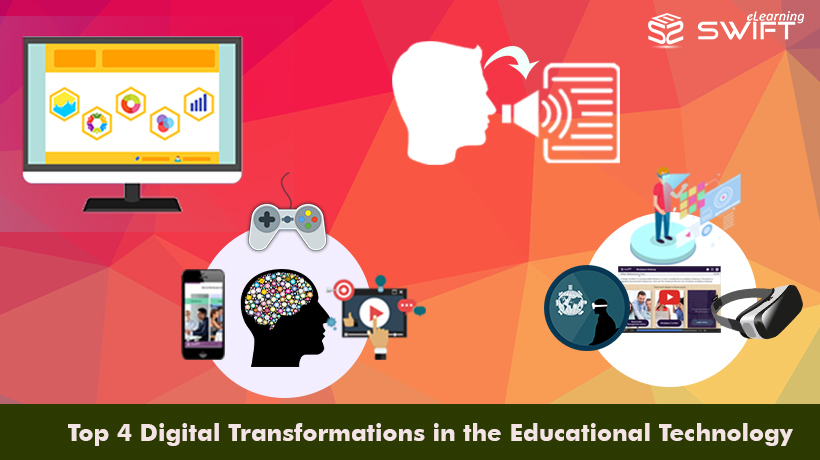Gone were the days where students use to follow traditional learning techniques which were quite boring.
Modern technology has seeped into the classrooms and redefined the entire teaching and learning process, resulting in robust learning environment.
Let me introduce the top 4 technological trends that are helping to shape the classrooms of the future.
- Personalized or customized learning experiences
With the approach to meet learner’s needs, availability, and preferences, the personalized learning has come onto the scene to initiate custom elearning and teaching methodologies.
Learning platforms, software and digital devices are together creating countless new ways to modify education. For example, educational infrastructures are providing their students with digital devices like desktop computers, laptops and tablets.
One such example is, ‘one size fits all’ teaching model that will enable students to be technologically skilled and equipped for modern workplaces.
- Innovative Learning ( game-based, mobile-based, and video-based)
Interactivity adds attraction and attention to the learning process. With the bored talk-chalk method, learners are losing their abilities to learn, understand, and to grasp. This innovative trend of learning catches learner’s attention by delivering educational truism in the form of videos, games, etc., to make difficult learning concepts enjoyable.
Similarly, Mobile-based learning offer learners the flexibility to access educational content seamlessly across multiple digital devices with their convenient.
- Artificial Intelligence ( Speech-to-text Option)
The role of AI in educational technology is unpredictable. This technology doesn’t aim to replace teacher, only to provide personalized learning (which I have discussed above), so that learner can use the most of it.
Likewise, AI possess Speech-to-text feature which is available in vast range of digital devices, as found in Apple’s Siri which is equipped with Natural language progression. They have the human like capabilities and are no longer limited to aspects like speech recognition, problem-solving, helping students in note taking and writing even more comfortable and fast-paced.
- Usage of Virtual, Augmented and Mixed learning experiences
Technologies of AR, VR, and MR have opened new gates towards learning resources. These technologies help students to learn more effectively than traditional classroom methods by overcoming language barriers and accommodating visual learners.
This technological trend offers immersive learning solutions not only to teaching professionals, but also to doctors, dentists, surgeons, etc.
With the approach of AR, VR, and MR, students feel immersed in audio, video, gaming and other forms of content created via this technologies.
This digital transformations maximize the eLearning portfolio and give new pace to educational sectors.


